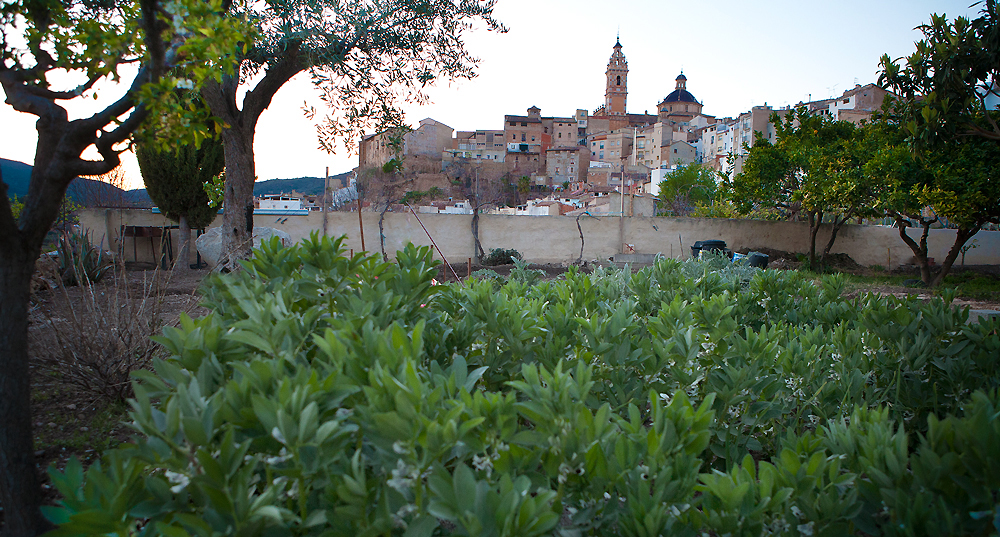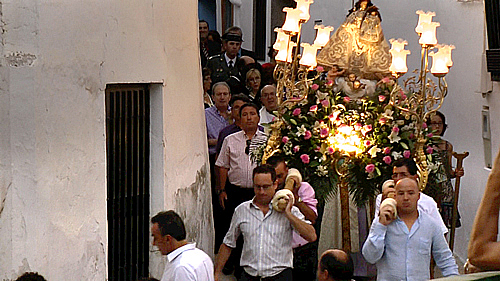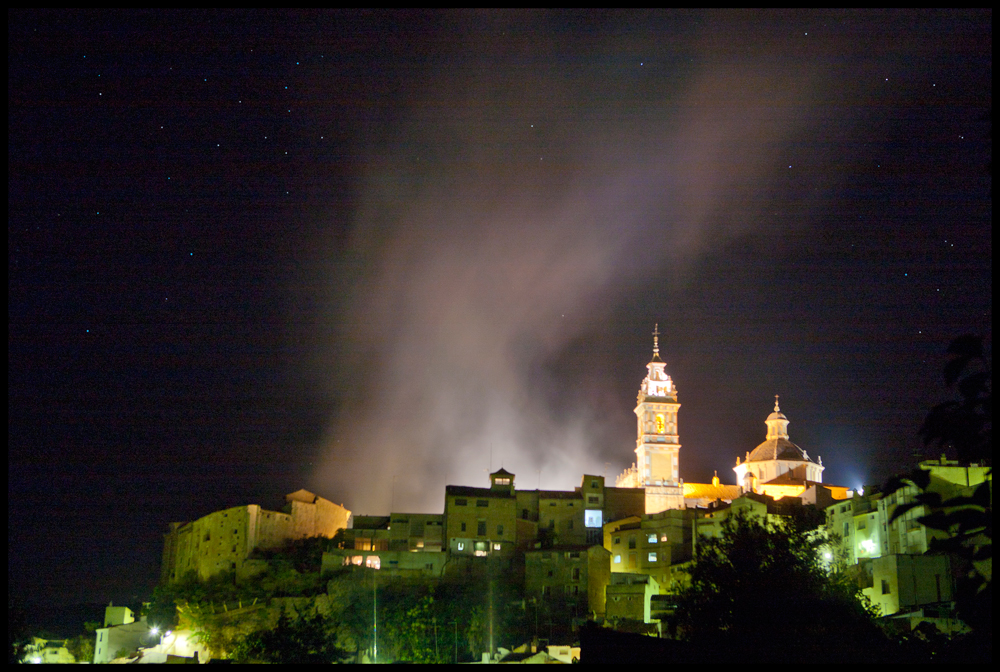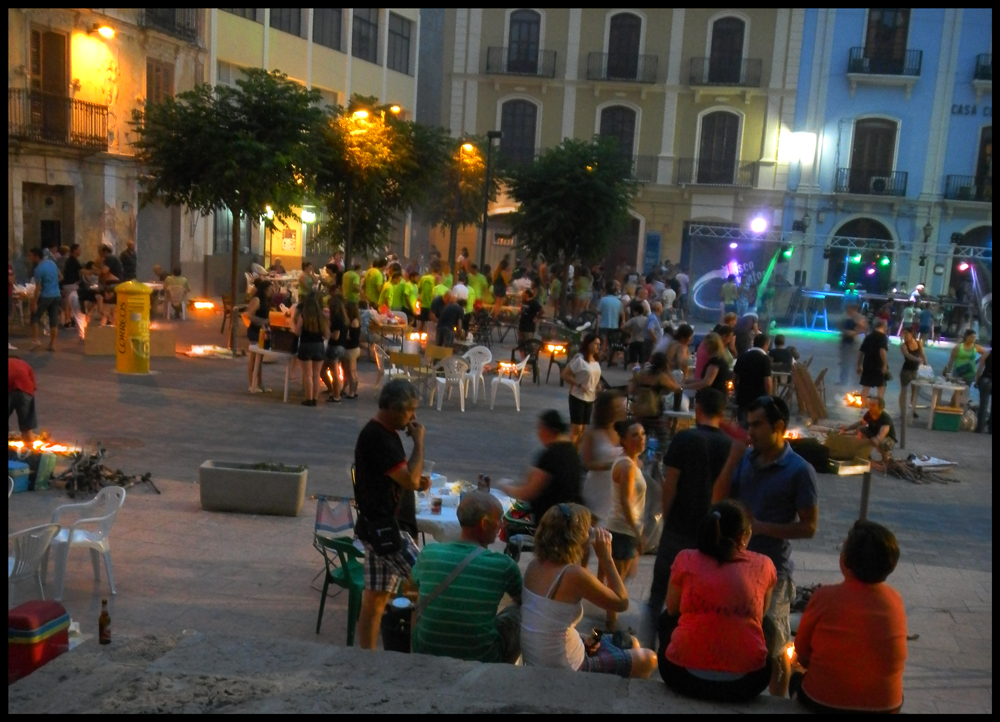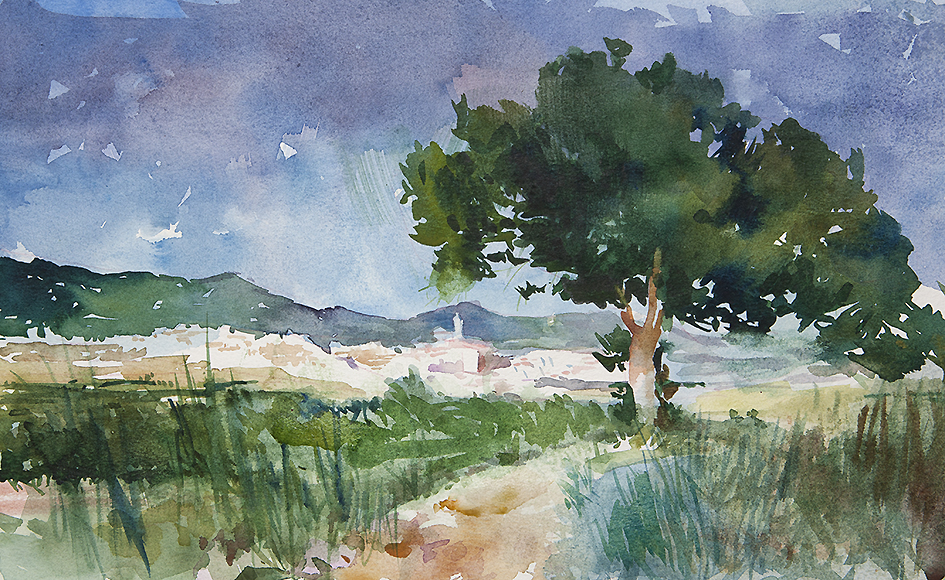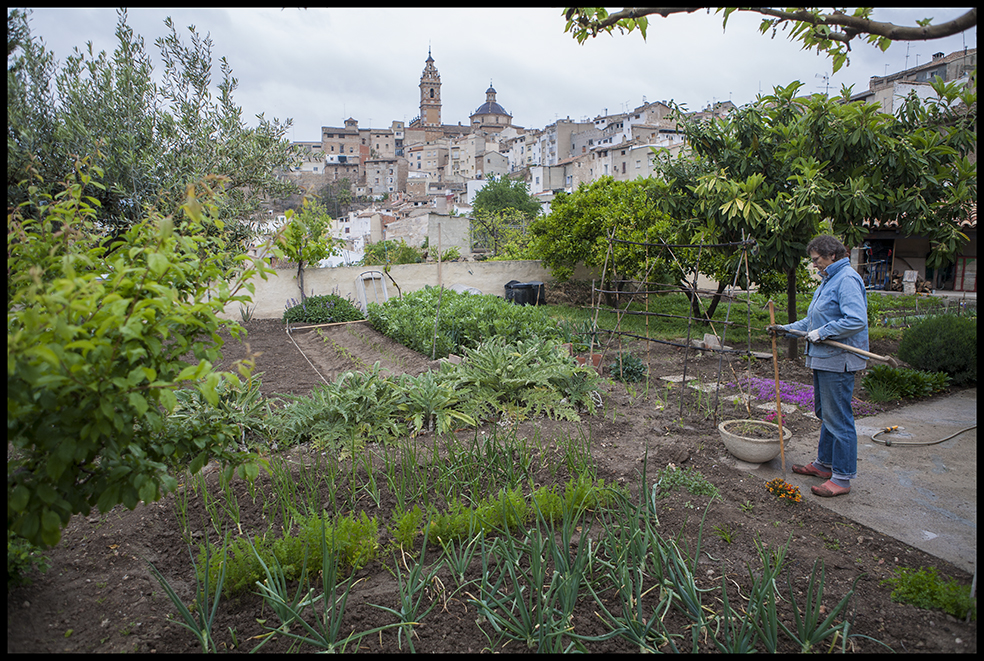We are bird watchers. We like to go out, taking along our binoculars, and look at the birds around. Even in the immediate vicinity of our house we see many different species. Occasionally we even go on a special journey for bird watching. For example, at the end of September we will travel to the Netherlands, to the Northern Islands for the autumn bird migration. This week however we did not even have to walk out of the door to see something very special. Last Thursday, at twilight, some hundreds of storks came down in Chelva. On the roofs of houses and churches, no ledge or striker remained unoccupied. We had never experienced this before, and also for the villagers this was totally unusual. Friday morning when the sun gained some power the flock left again. As expected, I made photographs to show you.

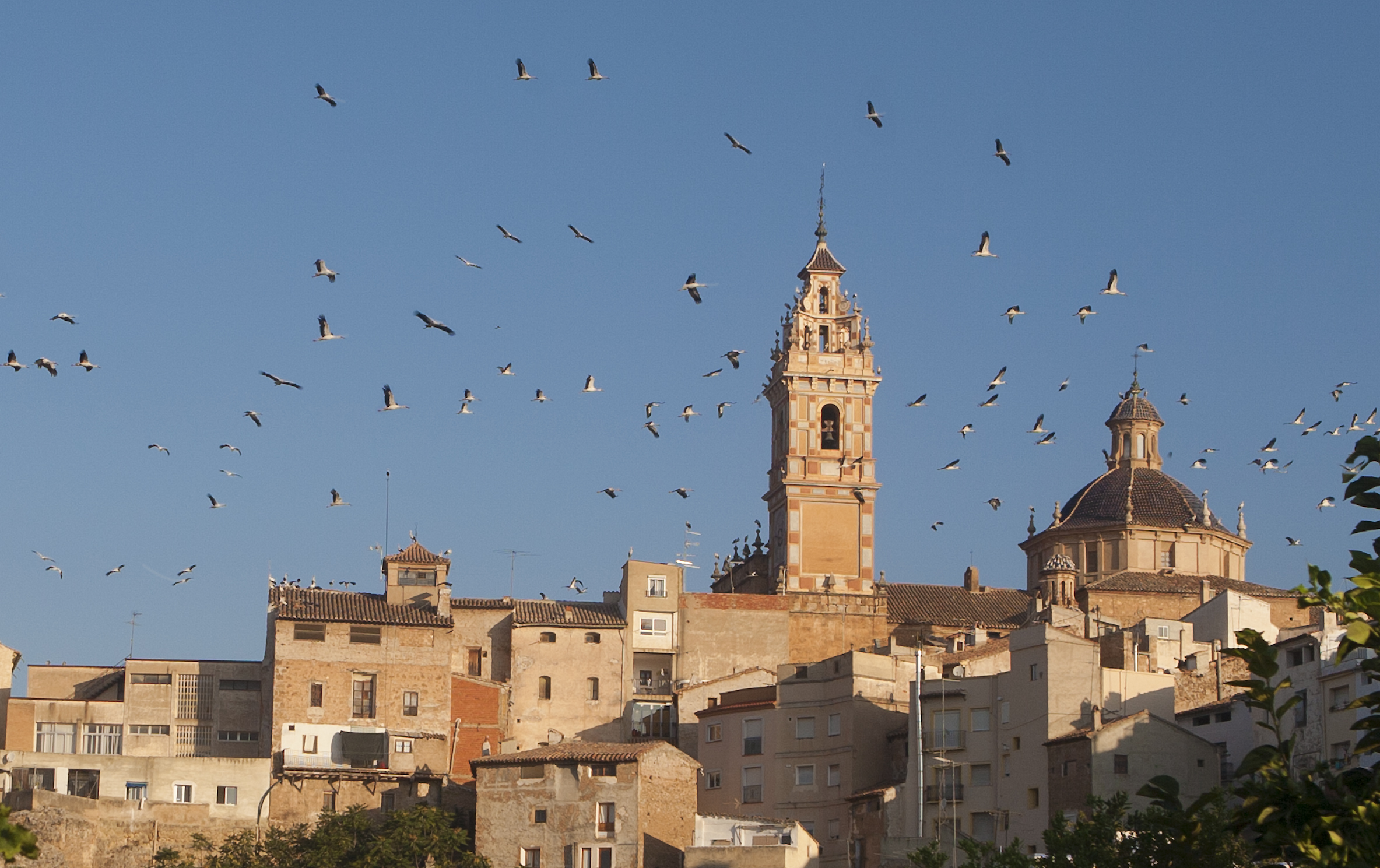
In the beginning I told you that this blog would not always be about portraiture. Well this is a similar kind of different post. Not about brushes or paint but about a spectacular show just in front of our eyes.




